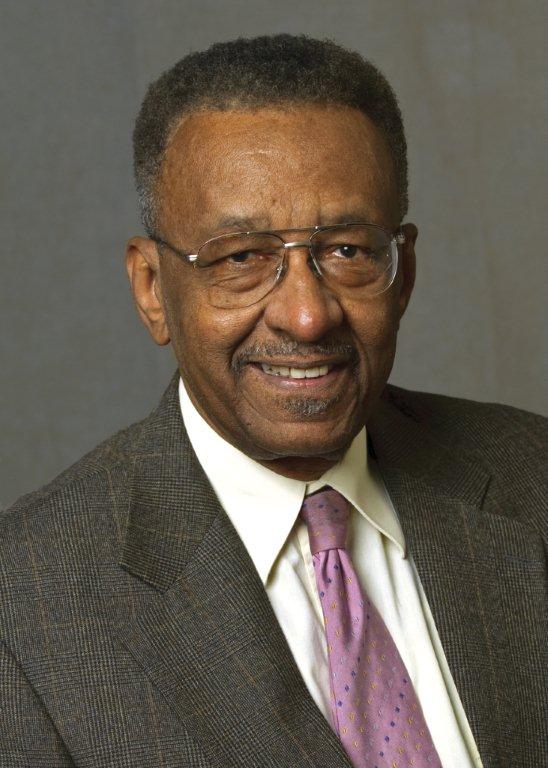Last week’s column discussed the sad and tragic state of affairs in higher education. According to loads of letters received in response to that column, it’s worse than I thought. Let me share just a few of them. One person wrote that he knows an elementary school teacher and said, “She believed, until just this past summer, that the state of Alaska was an island because it is so often shown as an inset on many U.S. maps, appearing somewhat like an island.”
A professor said that while he was trying to help a student with a problem, he asked her, “What is 20,000 minus 600?” He went on to say, “She literally could not answer without the calculator.” He rhetorically questioned, “Should a person receive a college degree that cannot answer that in their head?”
An English professor wrote, “One of the items that I assigned was a two-page essay that described a favorite vacation or holiday. One student turned in two pictures drawn with crayon depicting the beach. When I gave her a failing grade, she was indignant and said that she put a great deal of work into the pictures. When I told her that she did not do the assignment and that she was supposed to write an essay, she said, ?But I don’t know what an essay is!’”
Such students are academic cripples and don’t belong in college in the first place. Recently released findings of the Program for International Student Assessment (PISA) ranked U.S. high school students 24th out of 29 countries. American 15-year-olds demonstrate less math proficiency than their counterparts in Hungary and the Slovak Republic. With those findings, we shouldn’t be surprised by a recent U.S. Department of Education study finding that nearly half of all college students must take remedial courses in math and reading. According to National Center for Education Statistics, in 2000 close to 80 percent of colleges offered remedial services.
Several devastating consequences result when colleges admit unprepared students. First, it lets high schools off the hook by allowing them to continue to confer fraudulent diplomas. Second, it leads to a dumbing down of the academic curricula and the creation of Mickey Mouse courses for students who can’t make it in more challenging courses. Academic departments or professors who don’t dumb down their classes and participate in grade inflation risk declining enrollment and administrative threats to their budgets. Finally, hiring faculty to staff remedial courses inflates college costs to parents and taxpayers.
The nation’s primary and secondary education is a national disgrace; will we allow our undergraduate education to become so as well? If we continue down our present course, the answer is an unambiguous yes. To change course, we need to start examining the incentive structure that college administrators face.
To a large extent, college budgets are determined by enrollment size. More students mean higher budgets and therefore incentive to admit students unprepared for college. Colleges should not admit students requiring remedial education. That’s not to say youngsters shouldn’t receive remedial education, but let them get it elsewhere – maybe at the high school that awarded them a fraudulent diploma.
We might rethink the financing of higher education, particularly at government-owned colleges, so as to introduce competition that might improve quality and drive down costs. High school graduates meeting academic criteria for college admission should be awarded a voucher in the amount of the per capita college cost paid by state taxpayers. The voucher could be used at any college, an idea similar to the GI Bill. There was a time when we could have prevented the K-12 slide to mediocrity, but we didn’t seize the moment. Now’s our chance with higher education. Will we let this moment pass us by?
